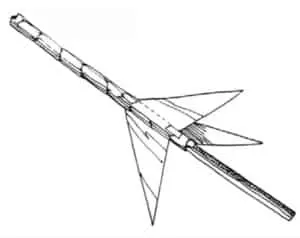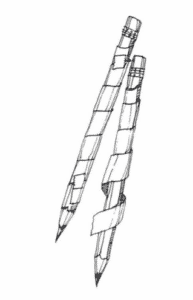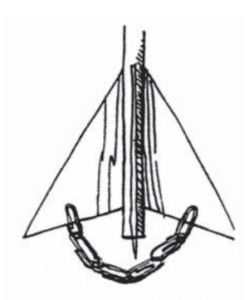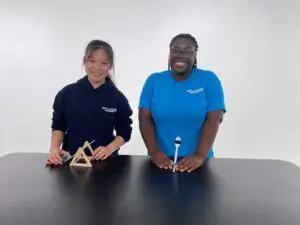Air-Powered Mini Rocket
Students make a rocket out of a straw and paper fins and then explore the effect of different placements of paper clips on its ability to fly. They learn the concepts of thrust, drag, and lift as they adapt their rockets to fly even farther on compressed air.
Time
Careers
Grade

Materials
Instructions
Guiding Questions
STEM Connections
Printables
Enjoy this activity?
Join our community and receive activities, early access to programs, and other special news, and/or leave feedback on this activity below!
Submitting...
DiscoverE helps create activities like this around Flight & Space, Forces, Motion & Energy for children in Middle School to help prepare them for STEM careers in fields like Aerospace or Mechanical.









Thank you! Your submission is processing.